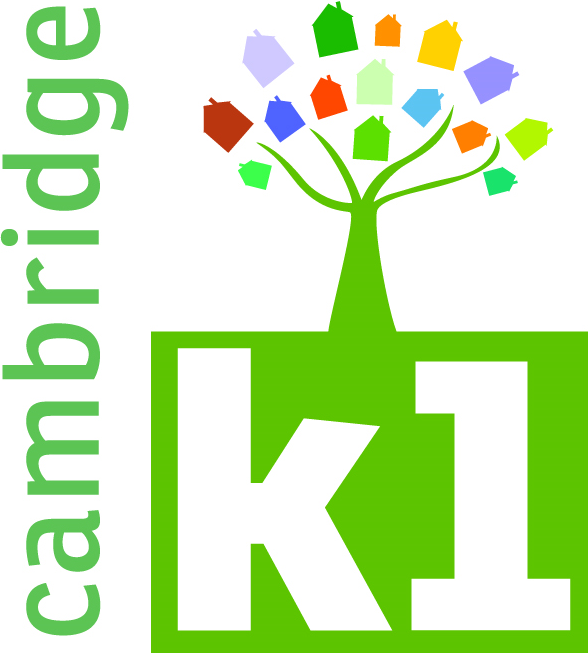Ted Stevens of NASBA (the National Self Build Association) very kindly sent me his presentation from Ecobuild 2013.
I’ll give you a summary for quick scanning and to help people find this page. I’ve tried hard not to rip off all of the presentation, to encourage you to read it.
Self Build in the UK
- 12,000 new self built/self commissioned homes were finished in 2012 – 10% of the UK’s national housing output.
- This is about the lowest in Europe – Austria is highest with over 80% self build!
- Driven by opportunity to have the home they really want, and reduced running costs.
- Currently mainly people in their 40’s, 50’s or early 60’s, already owning a property, with a budget of £250-350k.
- Potential boom from people in their 20’s, 30’s and 40’s, often struggling to afford a new home, with a budget of £100-200k.
- One in four keen on being involved in a group self build.
Government promoting self build
- An Action Plan to promote the growth of self build housing
- Laying the foundations: a housing strategy for England
- The National Planning Policy Framework
The Housing Strategy is changing the rules:
- Includes an entire section on Self Build, announces a £30m Custom Build Investment Fund and public land for self builders.
- The National Planning Policy Framework – para.159 – reminds councils they now have a duty to assess local demand for self build land. And they must then make provision for that demand
- Councils are encouraged to use self build as a way of helping to deliver sustainable, affordable housing.
Finance for Self Build
We may be eligible for a loan of up to 75% of the build cost:
- Short term loans to community groups, builders and other organisations looking to start self-build projects.
- Loan up to 75 per cent of a project’s land and early construction costs
- Available to organisations planning to build five or more homes at a total cost of up to £3 million.
- Must be an “appropriately constituted body” of good standing and have the capability to deliver the project.
- Eligible applicants include registered charities, incorporated body with Companies House, industrial and provident societies, Community Land Trusts and Community Organisations recognised under the 2011 Localism Act.
- Proposals for schemes of five residential units or more with at least outline planning permission.
- Non-residential development, including associated community facilities such as community halls, communal accommodation or recreation areas will not be funded (unfortunately for us!)
Qualifying expenditure includes:
- land acquisition costs;
- site preparation costs;
- construction of supporting infrastructure/utilities directly related to the construction of the homes;
- section 106 planning obligations;
- Community Infrastructure Levy charges and Section 278 agreements;
- construction costs for the homes;
- associated professional fees related to the project after planning permission has been granted.
Other funding that may be available to us:
- Projects that benefit from capital funding under other national programmes such as “Get Britain Building” will not be eligible.
- “Community Right to Build” projects may apply for funding.
- Projects which benefit from deferred payment agreements under “Build Now, Pay Later” on HCA or other Government-owned land will be eligible to apply. (LILAC was built with £420k support from the HCA).
- Projects with allocations already in the 2011-15 Affordable Homes Programme may apply for funding.
Hockerton, Nottinghamshire
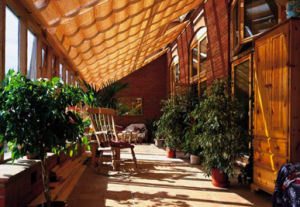
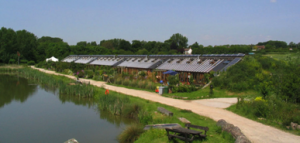
- Five families built a terrace of earth sheltered homes
- Very green/off-grid solution
- The families worked collectively to build the shells, then finished their own homes themselves
- Worked out at about £90k per home (in 1998)
- Second phase of seven new homes now planned for 2013
Springhill, Cohousing, Stroud
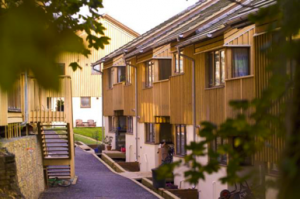
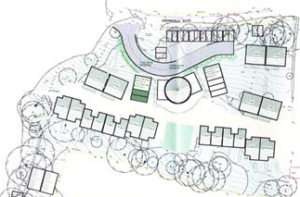
- Steep site that has become a home for 34 families – from one bed flats to five bed homes
- Large ‘common house’ for community activities
- Built with a £4.2m loan – some homes were purchased outright; some are for rent.
- Typically each home cost a little less than similar homes nearby
- Won numerous awards
St Just in Roseland, Cornwall
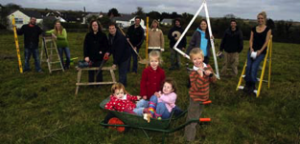
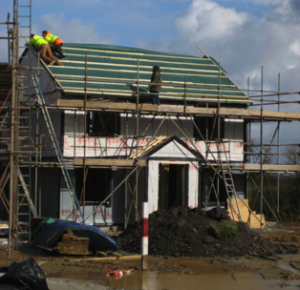
Various villages across Devon
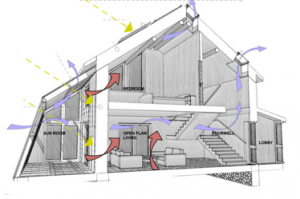
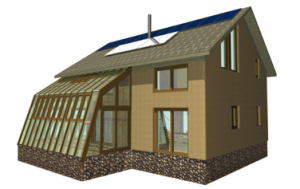
- Rural housing initiative involving 80 families in a dozen small villages
- Local people on modest incomes (in groups of 5-20) build standard two or three bed eco home
- Works out at £100k including land, all materials and training
Vauban, Freiberg, Germany
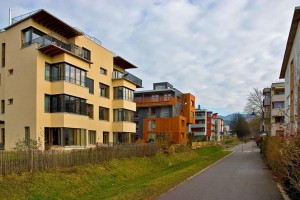
- 35 hectares; 5,000 people
- Traffic free spaces, very eco and often called the most sustainable city in Europe
Conclusions
- Real Localism; the Big Society in action
- Gives people more choice and better value
- Makes housing affordable for a new generation
- Innovative group projects deliver fantastic communities that we can all learn from
More Information
There are more great photos, projects and notes in the presentation. I strongly recommend it. Download Ted Stevens, Slides for Ecobuild, 5 March 2013.
